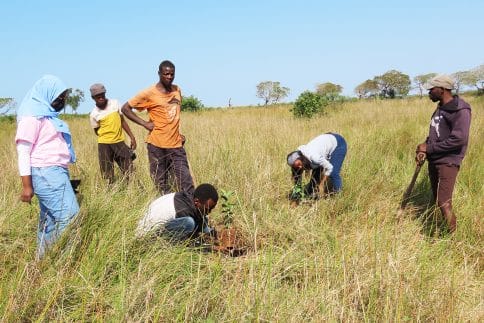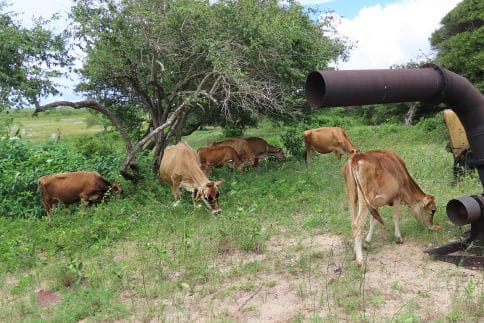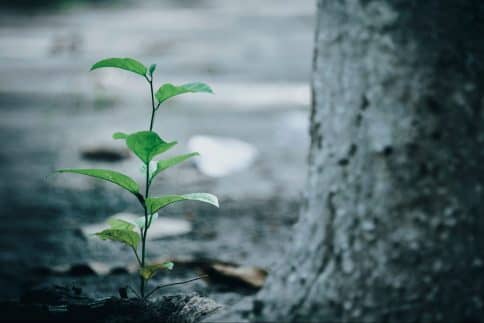Plant Trees
Studies show that the northern hemisphere produces the most CO2 levels, highest during autumn and winter as plants and trees disappear and photosynthesis declines
SOUTHERN HEMISPHERE ACTS AS A GEOGRAPHICAL CARBON SINK
We need to offset CO2 levels in the northern hemisphere. Largely covered by oceans, the southern hemisphere takes in more than 25% of the CO2 we produce. Tropical forests also act as carbon sinks and store CO2 for decades, but deforestation is leading forests to become a carbon source.

Evergreens Improve Air Quality
More than 2,000 seedlings of native and evergreen trees have already been introduced into the agroforestry model, “cashew, mango, coconut, marula” are among the components that bring benefits to the community, the natural world, and the Green Carbon Storage Technology.

Nature-based solutions
To convert plant biomass into nutrients to feed the soil, in 2021 we rescued Jersey cows for a free-range pilot project to meet the growing demand for protein and promote sustainable development in coastal and marine areas.

MORE THAN A RESOURCE
Trees with a lifespan of 40 years can absorb up to a ton of carbon dioxide in their lifetime providing clean air and biodiversity in forests and woodlands.

We need to plant more trees
The level of carbon dioxide in the southern hemisphere reaches the northern hemisphere level for the first time by surpassing the symbolic value of 400 ppm.

THE BACKBONE OF WILDLIFE
Trees are the backbone of wildlife. Without them, wildlife will disappear.

AMAZON DEFORESTATION
More than 20% of the Amazon Rainforest has been destroyed. Cattle ranching, soy and palm oil production are the biggest causes of deforestation.
NORTHERN HEMISPHERE
The northern hemisphere covers more land and forms the majority of CO2-producing continents. Larger forests and woodlands naturally take in high levels of CO2 but only between the spring-summer season, leading to seasonal CO2 fluctuations.
- Renewable energy
- Offset carbon footprint
- Reduce waste
Southern hemisphere
68% of land and vegetation on Earth is located in the northern hemisphere, while the southern hemisphere covers 80% of oceans and help take in billions of tonnes of CO2 we produce every year.
- Sustainability programs
- Stop deforestation
- Forest conservation
